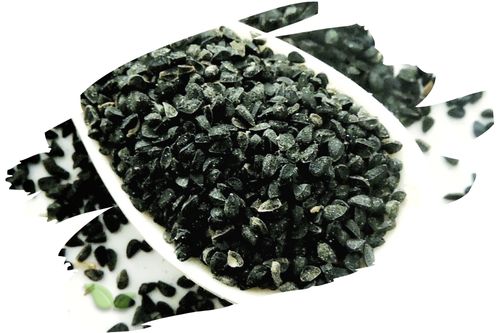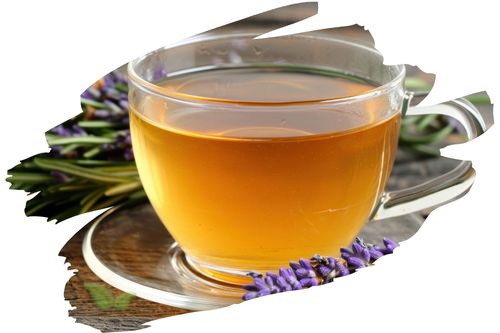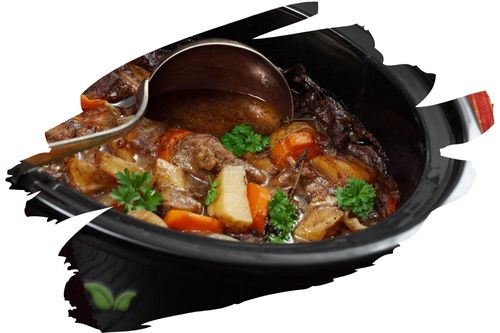
Beyond Seaweed: Exploring Meat and Fish Flakes in Furikake
If you're a fan of Japanese cuisine, you've likely encountered Furikake before. Traditionally, it's known for its seaweed-based seasoning mix that enhances the flavor of rice and various dishes. But did you know that Furikake goes beyond seaweed? In this article, we will dive deep into the world of Furikake, specifically focusing on meat and fish flakes. Get ready to explore the delightful and savory world of Furikake as we take you on a journey through its history, flavors, usage, and much more.
History of Furikake
Furikake, which translates to "sprinkle over," has a rich history that dates back to the early 20th century in Japan. It was initially created as a convenient way to add flavor and nutrition to plain rice. The traditional Furikake consisted of seaweed, sesame seeds, salt, sugar, and dried fish. Over the years, it has evolved into a versatile seasoning with various ingredients, including meat and fish flakes.
Meat and Fish Flakes: A Flavorful Twist
Beyond Seaweed: Exploring Meat Flakes
-
Beefy Goodness: Meat flakes in Furikake bring a hearty, umami-rich flavor to your meals. They are typically made from slow-cooked, thinly sliced beef that is then dehydrated and seasoned. The result is a savory topping that pairs exceptionally well with rice and noodles.
-
Chicken Varieties: For those who prefer poultry, there are Furikake options featuring chicken flakes. These flakes provide a lighter taste compared to beef, making them a great choice for those seeking a milder flavor profile.
-
Pork Pleasures: Pork lovers will rejoice at the availability of Furikake with pork flakes. The slightly sweet and savory notes of pork flakes make them a delectable choice for any meal.
The World of Fish Flakes
-
Bonito Bonanza: Fish flakes in Furikake are often made from bonito, a type of tuna. Bonito flakes are dried and then shaved into delicate, paper-thin pieces. They offer a distinct smoky flavor that adds depth to your dishes.
-
Salmon Sensation: Salmon lovers can also indulge in Furikake with salmon flakes. These flakes deliver a burst of salmon's natural richness, making them a delightful addition to sushi rolls and salads.
-
Mixed Fish Medley: Some Furikake blends combine various fish flakes, providing a harmonious blend of flavors that cater to diverse palates.
Creative Ways to Use Furikake
Now that you know about the exciting world of meat and fish flakes in Furikake, let's explore how you can use them to elevate your culinary creations:
1. Furikake Rice Bowls
Create a delightful rice bowl by sprinkling your favorite meat or fish flakes Furikake over a bed of freshly cooked rice. Add some steamed vegetables and a drizzle of soy sauce for a quick and satisfying meal.
2. Furikake Sushi Rolls
Roll up your sushi game by incorporating Furikake with fish flakes into your sushi rolls. The added texture and flavor will make your homemade sushi unforgettable.
3. Furikake Salad Toppings
Boost the flavor of your salads by tossing in a handful of Furikake with meat or fish flakes. It's an easy way to make your greens more exciting.
4. Furikake Pasta
Surprise your taste buds by sprinkling meat or fish flakes Furikake over your pasta dishes. The umami-rich flavors will transform your ordinary pasta into a gourmet experience.
Frequently Asked Questions (FAQs)
Q: Is Furikake only used for rice?
No, Furikake can be used to enhance the flavor of various dishes, including rice, sushi, salads, and pasta. It's a versatile seasoning.
Q: Are meat and fish flakes Furikake suitable for vegetarians?
No, meat and fish flakes Furikake contain animal products, so they are not suitable for vegetarians.
Q: How should I store Furikake?
To keep Furikake fresh, store it in an airtight container in a cool, dry place away from direct sunlight.
Q: Can I make my own Furikake at home?
Yes, you can create customized Furikake blends at home by mixing your favorite ingredients like meat or fish flakes, sesame seeds, seaweed, and more.
Q: Are there any health benefits to using Furikake?
Furikake can add nutritional value to your meals, as it often contains ingredients like sesame seeds, which are a good source of healthy fats and minerals.
Q: Where can I purchase meat and fish flakes Furikake?
You can find meat and fish flakes Furikake in most Asian grocery stores or online retailers specializing in Japanese cuisine.
Conclusion
In the world of Furikake, there's more than meets the eye. Beyond the traditional seaweed-based varieties, the inclusion of meat and fish flakes opens up a realm of savory possibilities. Whether you're a fan of beef, chicken, pork, bonito, or salmon, there's a Furikake blend to suit your taste. Elevate your dishes with these flavorful toppings, and you'll never look at Furikake the same way again.
Alert: While spices can have many beneficial properties for health, using them for medical purposes should be done under the guidance and supervision of a healthcare professional or specialist. Some spices may interact with medications or cause adverse reactions in certain individuals, and it is important to use them safely and appropriately. If you are considering using spices for a medical condition, it is important to consult with a healthcare professional before doing so.




















































